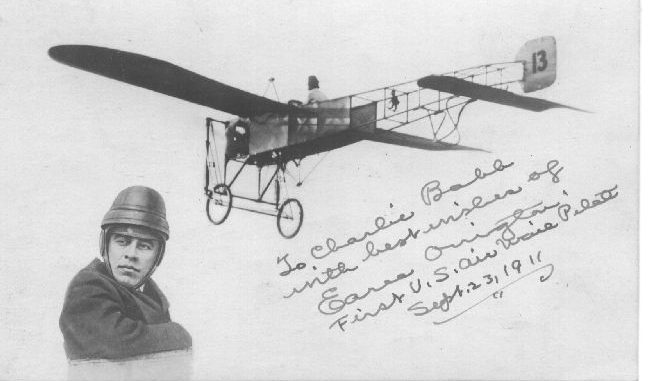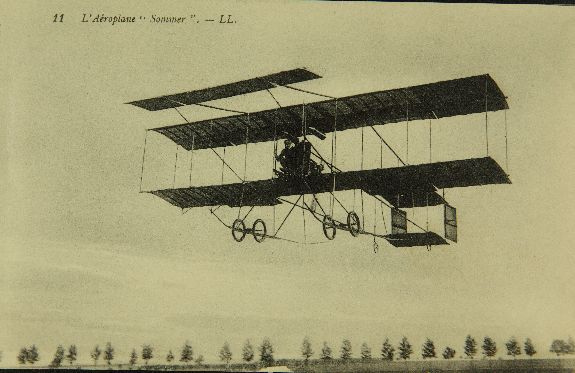
On a fog-shrouded day towards the end of WWI, the first airplane to provide regularly scheduled airmail service in the United States took off from the Potomac Park polo grounds in Washington, D.C., headed for New York City. The 218 mile flight on May 15th, 1918, was sponsored by the U.S. Post Office and personally dispatched by President Woodrow Wilson. That date has proven to be a significant milestone in our nation’s history. It obviously lead to quicker and more efficient mail delivery, but more importantly, it also led directly to accelerating the growth of America’s aviation industry.
Delivering mail by air was the first application which made flight potentially profitable. In time, manufacturers competed to build larger, faster and safer aircraft to carry the mail, which in turn led to expanded passenger flight services, and ultimately, to the modern passenger airlines of today.

It was the Army Air Service which took on the mantle of performing the first air mail deliveries. However, delivering the mail by air was a difficult, and often a perilous task. Existing aircraft of the day were wholly inadequate for their new role. There were no radios or existing navigational charts. The aircraft were unproven, with open cockpits, and the initial Army Air Service pilots selected were desperately inexperienced. Pilots had no choice but to use roadmaps for navigation, typically following easily recognizable land features and terrain such as railroad tracks or rivers. However, visual navigation wasn’t error free…. For example, the pilot of the first flight got lost en route to his destination, and was forced to land in a farmer’s field. He was lucky to get down in one piece, as many pilots lost their lives during the early days of airmail service. Although most of us today have no knowledge of their sacrifice, the contributions of the early airmail pilots affect our daily lives. Without those early aviators paving the way, the mail service we enjoy today would not be possible.
The City of San Diego, California has a close connection to the birth of America’s airmail service, because the man directed to organize and initiate it was Reuben H. Fleet. Fleet was a giant of the aviation industry and founder of Consolidated Aircraft. He relocated the company to San Diego in 1935. For a time Consolidated, which later became the Convair Division of General Dynamics, was San Diego’s largest employer. Fleet had only 12 days to find both the pilots and equipment before the airmail service was set to begin, a remarkable feat under any circumstances, and yet one he was able to accomplish it successfully. To honor Fleet and those who risked it all to fly the mail in those difficult early days, the San Diego Air & Space Museum has created an online exhibit celebrating this history. To view the Museum’s new online 100th Anniversary of Airmail exhibit, please visit www.andiegoairandspace.org


Be the first to comment
Graphic Design, Branding and Aviation Art